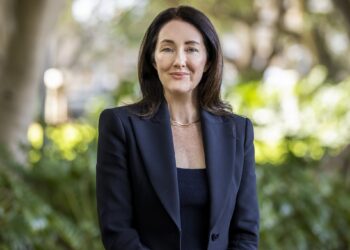The country’s highest paid chief executives collectively receive $171.4 million, according to the Australian Council of Superannuation Investors (ACSI).
This figure was $70 million more than reported in their companies’ FY14 annual reports, ACSI’s “CEO Pay in ASX200 Companies” report found after exercising options and performance rights, along with the vesting of shares under long-term incentive schemes.
The report is the first to review what has actually been received by CEOs rather than the usual estimates of the value of their pay included in annual reports.
The council said shareholders now have an additional way of measuring whether the amounts flowing to executives are excessive, compared to the return on their investments.
ACSI’s CEO, Louise Davidson, said “these figures suggest that the existing requirements for reporting executive pay may significantly understate the rewards received in a given year. Statutory reporting is, perhaps, disclosing only the tip of the iceberg in terms of wealth accruing to senior executives.”
Davidson said company investors and owners cannot afford to lose sight of the quantum of reward being delivered.
“The bottom line test for any reward structure is, however, whether the outcome for the executives is aligned with that of the company’s owners,” she said.
The report found the highest realised pay went to Ramsay Health Care’s Chris Rex at $30.8 million but his reported pay was at $9.1 million.
However, the most understated pay was Seek’s Andrew Basset who reaped $17.95 million, largely in option exercises, well in excess of his reported pay of $4.21 million. This meant his reported rank of 41 jumped to fourth for realised pay.
The average realised pay in the ASX100 was found to be $5.63 million, compared to the average reported pay of $5.01 million.




